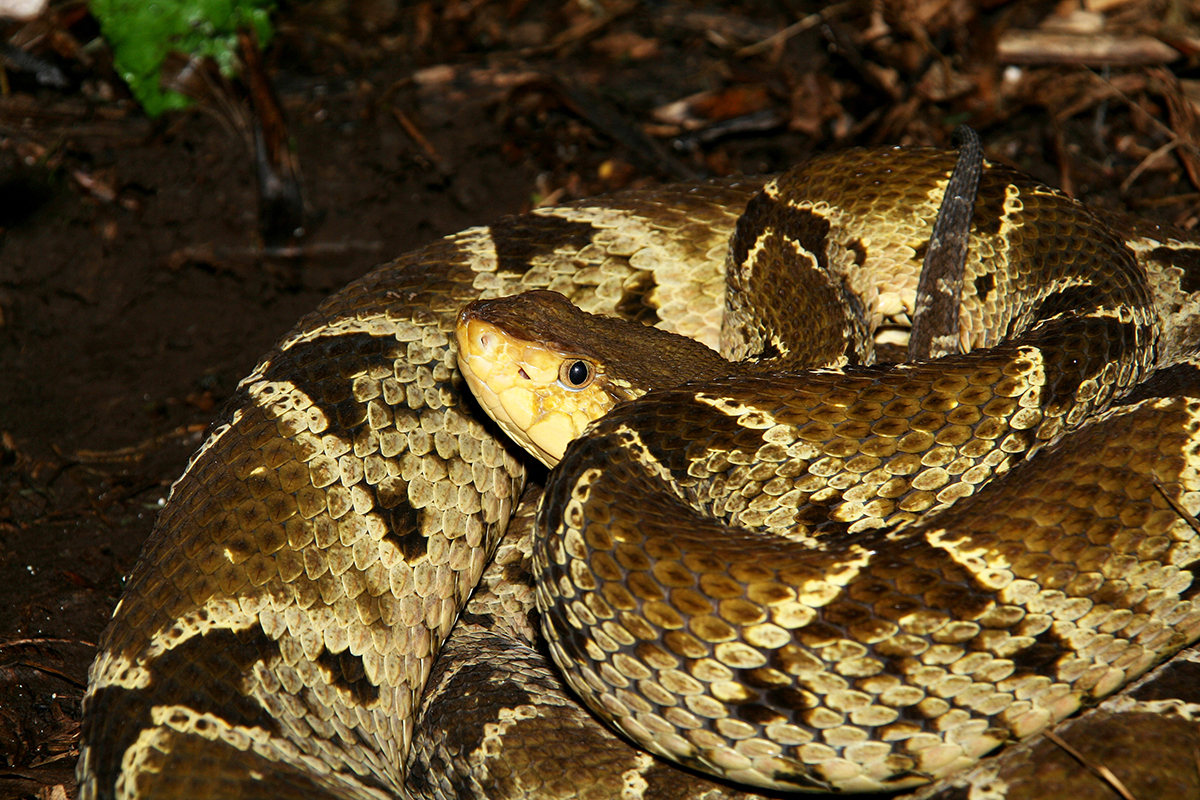2015年09月14日
熱帯医学研究所チャベス サナブリア ルイス フェルナンド助教らの蛇咬症と気候変動との関連についての論文が電子ジャーナルScience Advancesに掲載
熱帯医学研究所 チャベス サナブリア ルイス フェルナンド助教らの研究グループは、蛇咬症と貧困、気候変動との関連性を調査し、その研究を報告した論文が、2015年9月11日(アメリカ東部標準時)に電子ジャーナルScience Advancesに掲載されました。
チャベス サナブリア ルイス フェルナンド助教による、研究の概要は以下の通りです。
Summary: Snakebites are an environmental and occupational health hazard, mainly affecting rural populations worldwide. The ectothermic nature of snakes raises the issue of how climate change impacts on snake ecology could influence the incidence of snakebites in humans in ways that echo the increased predation pressure of snakes on their prey.
We thus ask whether snakebites reported in Costa Rica (CR) from 2005 to 2013 were associated with meteorological fluctuations. We place emphasis on El Niño Southern Oscillation (ENSO), a climatic phenomenon associated with cycles of other neglected tropical diseases (NTDs) in the region and elsewhere. We also ask how spatial heterogeneity in snakebites and poverty are associated, given the importance of the latter for NTDs. Here, we found that periodicity in snakebites reflects snake reproductive phenology and are associated with ENSO. Snakebites are also more likely to occur following hot temperatures and can be significantly reduced after rainy years. Nevertheless, snakebites cluster in the areas with the heaviest rainfall in CR, increase with poverty indicators and decrease with altitude. Altogether, our results suggest that snakebites might be varying as a result of ongoing climate change.
論文タイトル:Snakebites are associated with poverty, weather fluctuations and El Niño
≪簡易訳≫
蛇咬症は、環境および職業に起因する健康有害要因であり、世界的に農村部の人々に主に影響を及ぼしている。蛇は変温動物であるため、蛇の生態に与える気候変動による影響が、蛇の獲物に対する捕食圧の増大に反響するように、人間への蛇咬症事故にどのように影響しているかという問題が提起される。
私たちは、2005年から2013年にコスタリカで報告された蛇咬症と気候変動との関連性を調査した。特に、対象地域や他の地域で、顧みられない熱帯病(NTDs)のサイクルとの関係性がある気象現象、エルニーニョ南方振動(ENSO)に注目した。また、蛇咬症の空間的不均一性と、顧みられない熱帯病(NTDs)で重要と考えられる、貧困との関連性についても調査した。結果として、蛇咬症の周期は蛇の繁殖季節を反映し、エルニーニョ南方振動(ENSO)との関係があることが分かった。
また、蛇咬症は高温が続くとその後に発生しやすく、そして雨が多い年の後には有意に減少する。それにも関わらず、蛇咬症はコスタリカの降雨量が最も多い地域に集積し、貧困指標と共に増加し、標高が増すと減少する。これらの結果から、蛇咬症は気候変動の結果によって変動することが示唆される。
雌のBothrops asper(テルシオペロ)。
コスタリカや新熱帯区の国々で発生する蛇咬症の多くはこの蛇によるもの。






 受験生
受験生 在学生
在学生 卒業生
卒業生 保護者等
保護者等 地域・一般
地域・一般 企業・研究者
企業・研究者 教職員
教職員